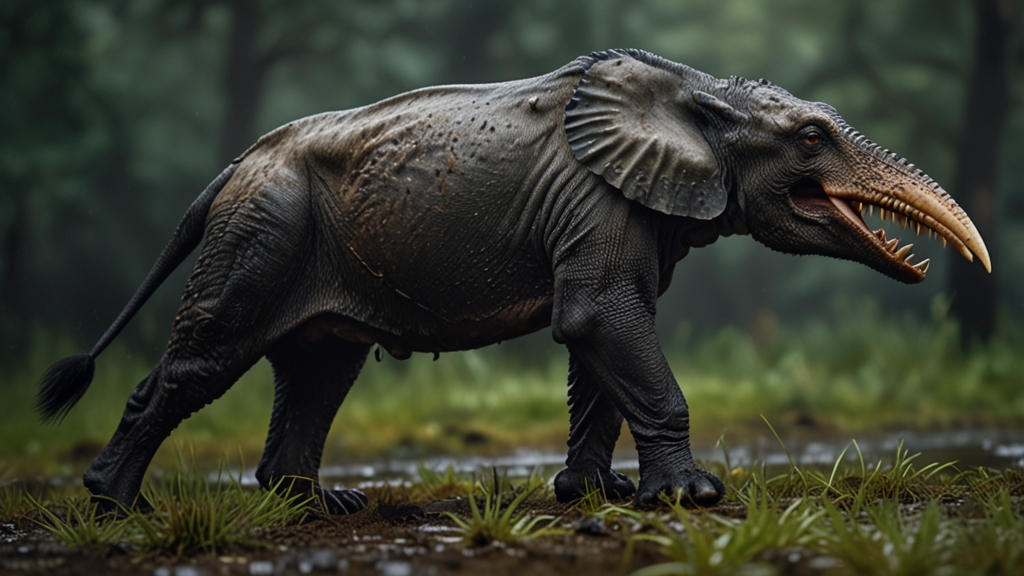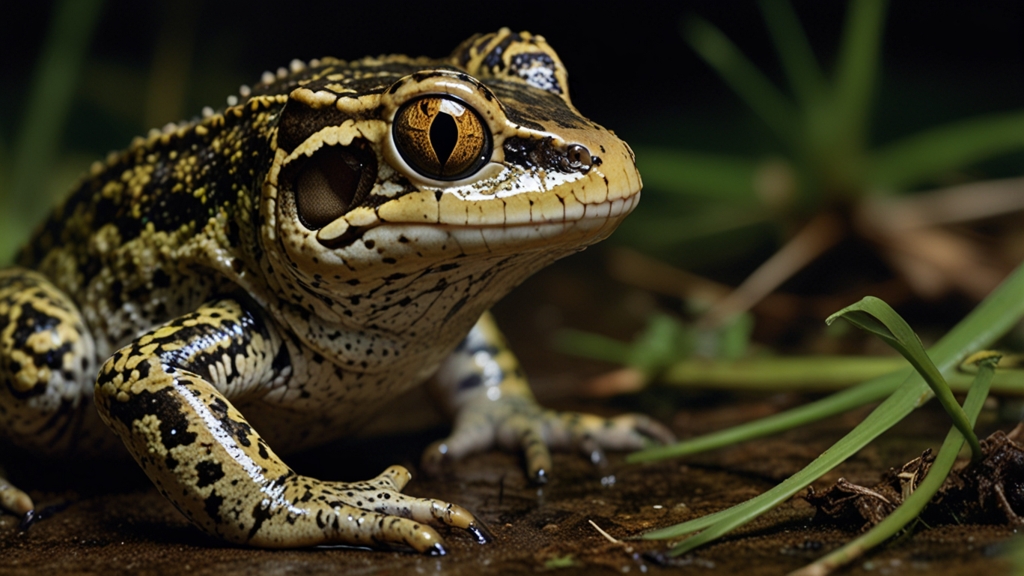The Amazing Adaptations of Animals: Survival of the Fittest
In the vast array of ecosystems across our planet, animals have developed an incredible range of adaptations that enable them to survive and thrive. From the depths of the oceans to the highest mountaintops, these adaptations are a testament to the power of natural selection and the concept of "survival of the fittest."
Camouflage and Mimicry
One of the most fascinating adaptations in the animal kingdom is the ability to blend in with the surroundings, known as camouflage. Many animals have evolved colors, patterns, and even textures that allow them to become nearly invisible to predators and prey alike. For example, the chameleon can change its skin color to match its environment, blending seamlessly into its surroundings.
"The ability of animals to disappear against their background is almost magical and showcases nature's ingenuity in protection strategies." - Dr. Emily Thompson, Ecologist
Mimicry takes camouflage a step further by allowing animals to imitate the appearance, sounds, or behaviors of other species. The harmless viceroy butterfly, for instance, mimics the toxic monarch butterfly's appearance, deterring predators who have learned to avoid the unpalatable monarch.
Defensive Mechanisms
Defense mechanisms are another crucial adaptation for survival. Some species have developed physical defenses, such as the sharp quills of a porcupine or the tough shells of turtles. Others rely on chemical defenses; skunks, for instance, spray a foul-smelling liquid to ward off threats.
Many animals also employ behavioral defenses. The meerkat, a small mammal from Africa, uses a highly social structure to protect itself. Meerkats take turns standing guard while others forage, warning the group of approaching predators with distinct alarm calls.
"In the animal world, the ability to detect and respond to danger quickly often determines life or death." - Dr. Alan Grant, Zoologist
Specialized Feeding Adaptations
Adaptations related to feeding are incredibly diverse. The long neck of the giraffe, for instance, allows it to reach leaves high up in acacia trees, reducing competition for food. In the ocean, baleen whales use filter-feeding to consume vast amounts of tiny krill by straining them through baleen plates in their mouths.
Another intriguing example is the star-nosed mole, whose star-shaped nose is covered in thousands of sensory receptors. This adaptation enables the mole to detect and consume prey with astonishing speed, even in the dark, muddy environments where it lives.
Reproductive Strategies
Animals have also developed a variety of reproductive strategies to ensure the survival of their species. Some produce a large number of offspring with minimal parental care, like sea turtles that lay hundreds of eggs and leave them to hatch on their own. Others, like elephants, have fewer offspring but invest considerable time and energy into raising and protecting them.
"Reproductive strategies in the animal kingdom highlight the delicate balance between quantity and quality in the journey of life." - Dr. Jane Goodall, Primatologist
Physiological Adaptations
Physiological adaptations are internal processes that help animals survive in extreme environments. Camels, for example, can endure long periods without water due to their ability to store fat in their humps, which can be metabolized for hydration. Arctic animals like the polar bear have thick layers of blubber and fur to insulate against the frigid temperatures.
Additionally, some animals enter states of dormancy to survive adverse conditions. Bears hibernate during the winter, significantly slowing their metabolism to conserve energy when food is scarce. Similarly, certain amphibians enter a state of estivation during hot, dry periods to avoid dehydration.
Conclusion
The amazing adaptations found in the animal kingdom demonstrate the power of evolution and natural selection. Each adaptation, whether physical, behavioral, or physiological, serves to enhance an animal's ability to survive and reproduce in its specific habitat. These remarkable traits underscore the endless ingenuity of nature in crafting solutions to the challenges of life.
In the end, the concept of "survival of the fittest" isn't merely about physical strength but encompasses a broad spectrum of traits that enable animals to navigate their complex worlds successfully. Through understanding these adaptations, we gain a deeper appreciation for the diversity and resilience of life on Earth.










